Evidence-based practice on optometry and vision science distinguish our organization from other for profit practices. In addition to providing patient care, our mission is to study, test, and bring the best myopia control, vision ergonomics, and vision performance outcomes to our patients, the community, and the optometric profession.
If you are interested in learning more about the research we do, and/or would like to participate in our current research projects, please call us or schedule an a time with our researchers on any of our ongoing and upcoming research projects (click here to Schedule an appointment).
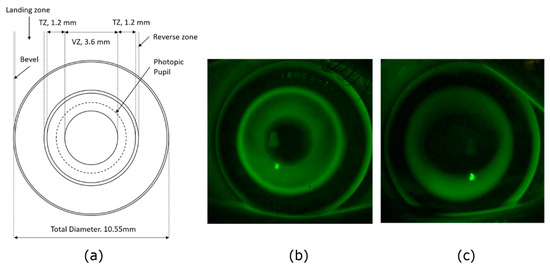
Our researchers and doctors work with pioneering manufacturers to design the most effective orthokeratology lenses to improve lens efficacy for different refractive statuses, pupil sizes, and eye shapes.
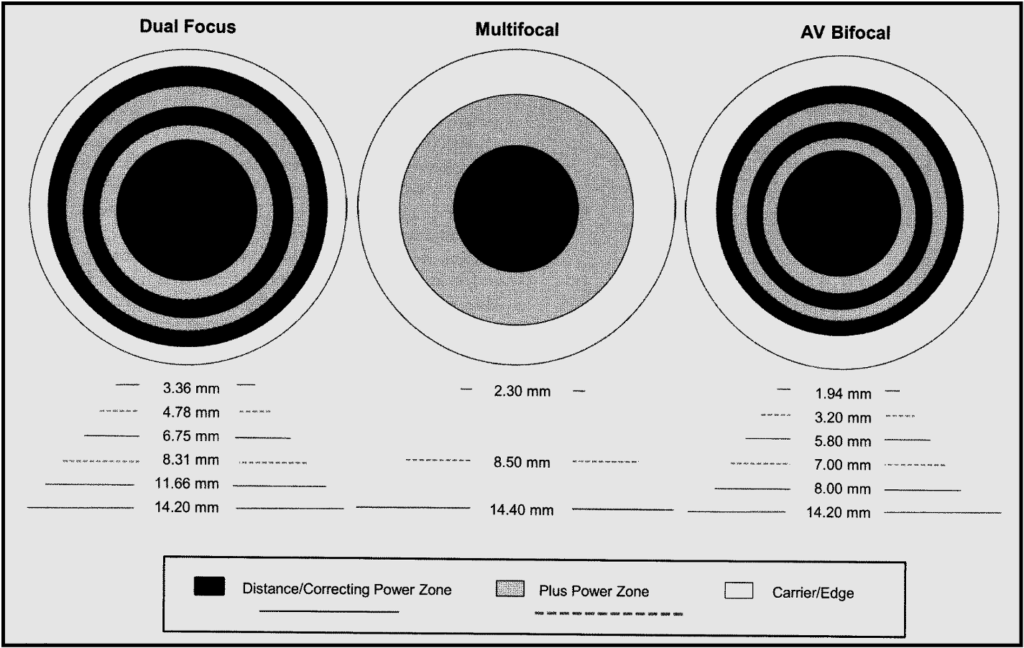
Current multifocal soft contact lenses are from presbyopic designs. We are working with companies to bring innovative designs to the market that are motivated by clinical outcomes from thousands of clinical cases.
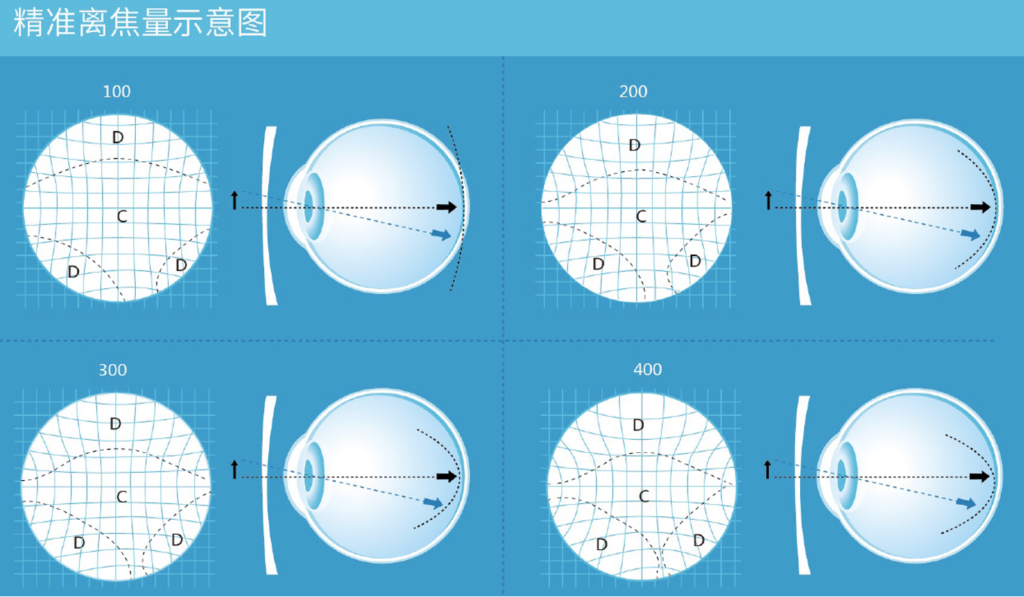
Children has different eye shapes, refractive error, and accommodative abilities. We work with companies to test different progressive addition designs to find the most effective spectacle lenses for different life styles and visual needs.
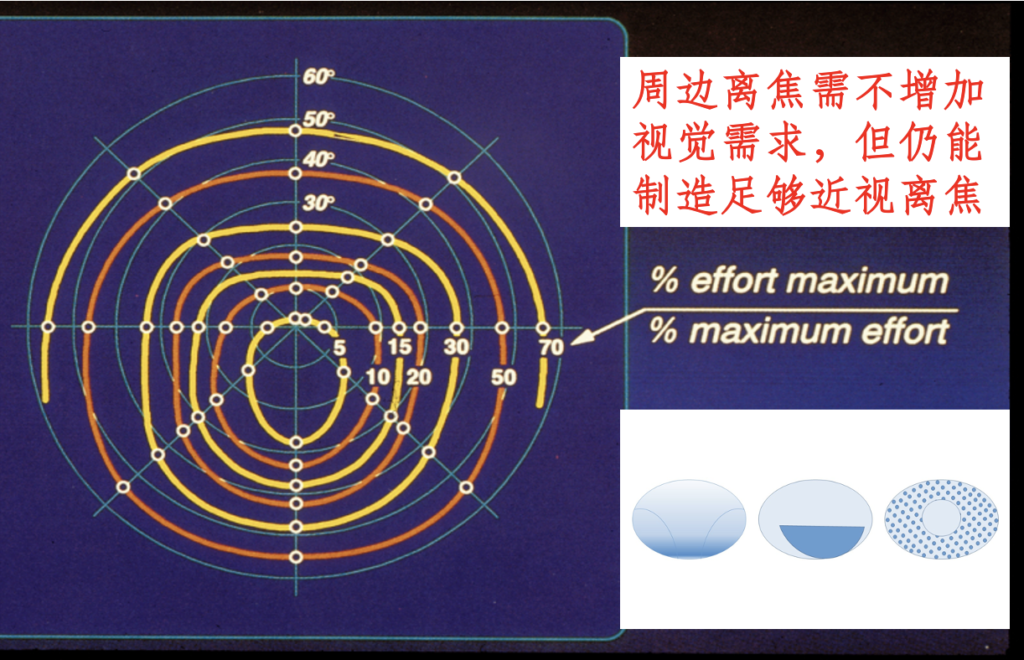
Based on decades of research at the Vision Performance Institute at Pacific Universities, we test various lens designs to disseminate empirical knowledge about the impact of myopia control regimens on vision performance of young children.
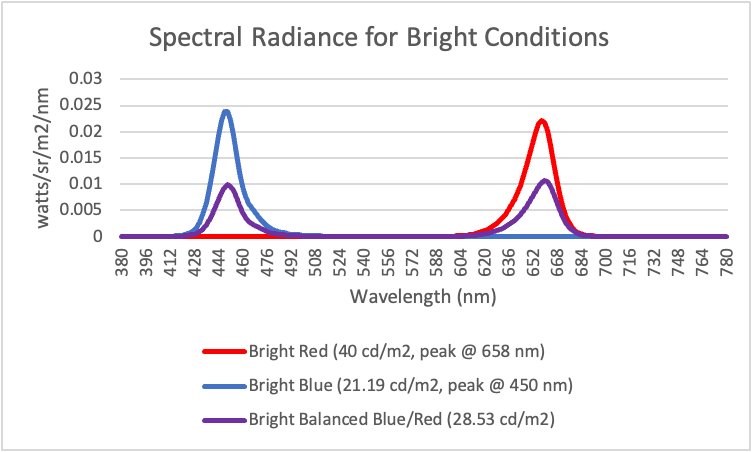
We also study how the quality of light and visual demand in near work impact the efficacy of various lens designs to inform public health issues related to myopia prevalence, educational environment, and parental collaboration in facilitating myopia control policies.
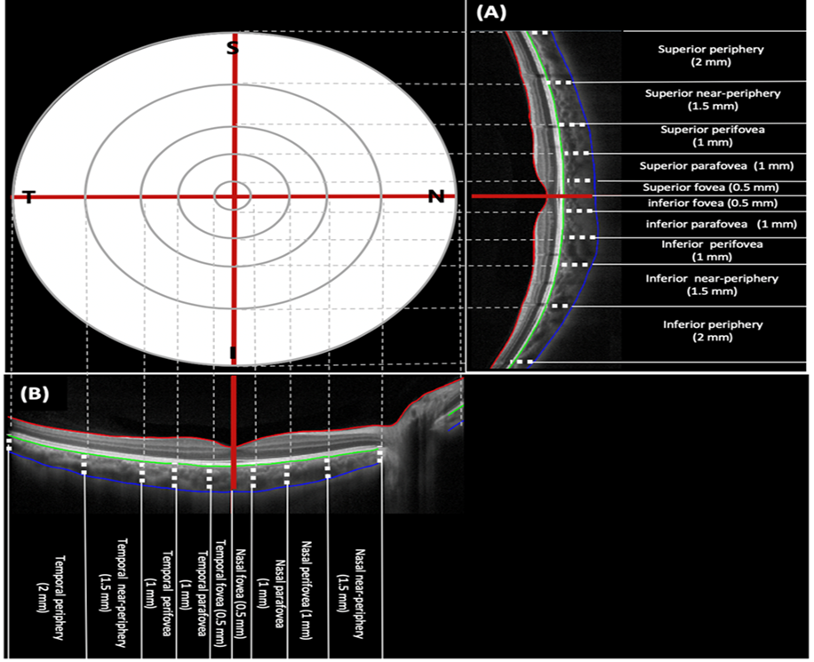
We work with researchers to understand how various behavioral and optical interventions can affect the physiological processes involved regulating refractive development and eye growth.

Our researchers have been involved in computer vision syndrome research for several decades, and continue to investigate the effects of computer screen, brightness, font size and type, viewing distances on improving vision performance and reduce visual discomfort.
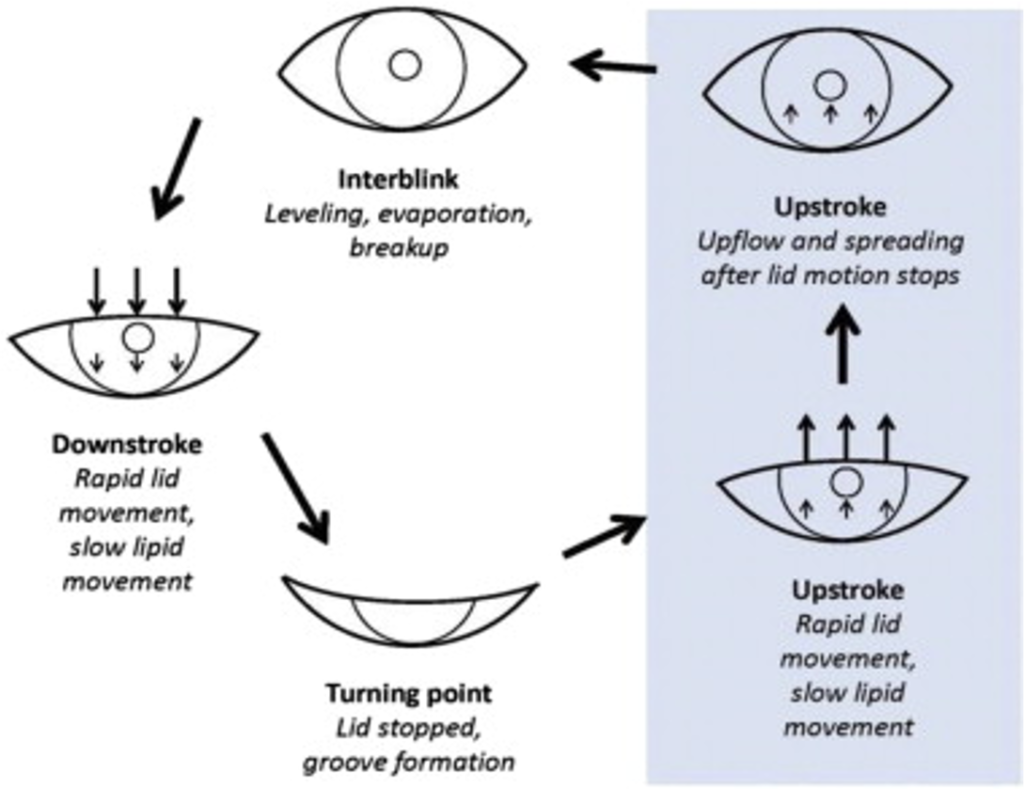
We use eyetracking technologies to understand how contact lens, lens solution, computer screen, viewing habit, and visual environment can affect our eye blinks, vision quality, and subjective visual discomfort.

Children’s reading performance at young age set the stages for their academic achievement, intellectual development, overall career success. We study how children’s visual abilities, visual environment, visuomotor skills may affect their reading skills.
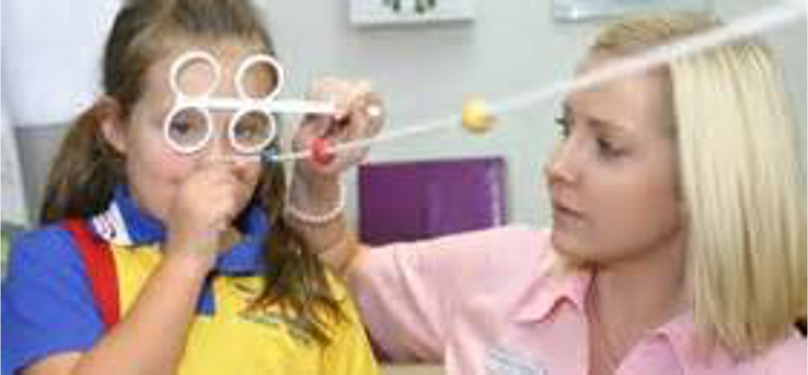
Vision therapy helps our patients to improve their vision, visual endurance, and quality of life. We study how technology-based solutions, such as flicker glasses and computer-aided binocular vision training, can improve our patients’ training outcomes.
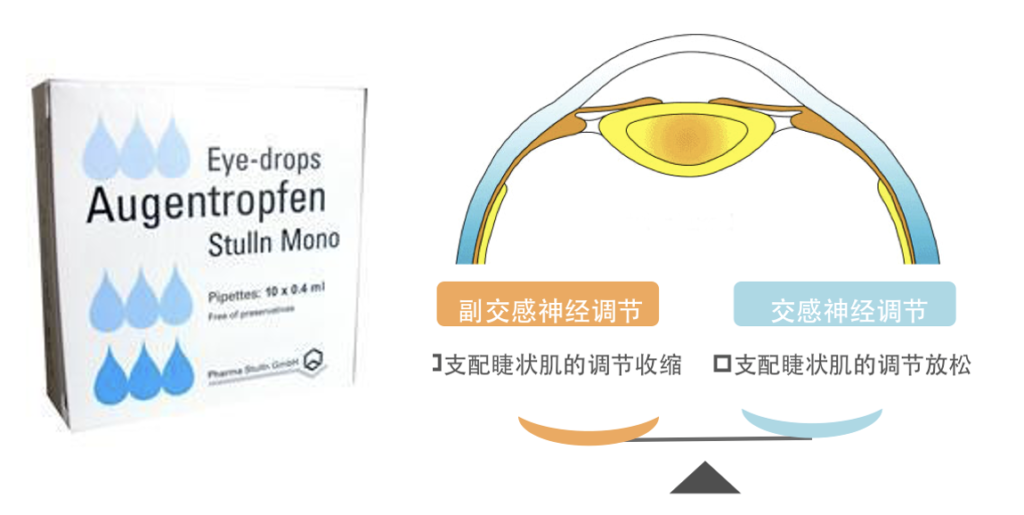
We work with domestic and international partners to study pharmaceutical solutions, such as eyedrops, can strengthen the endurance and facility of eye muscles and improve visual endurance.
